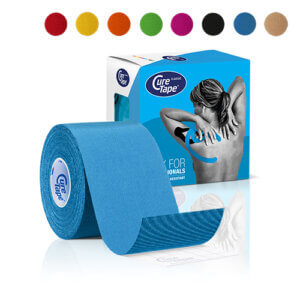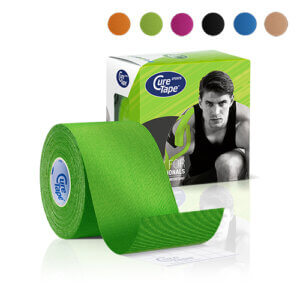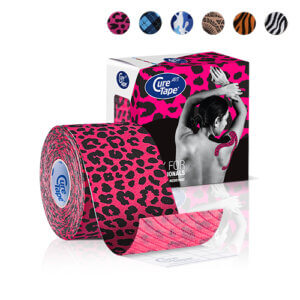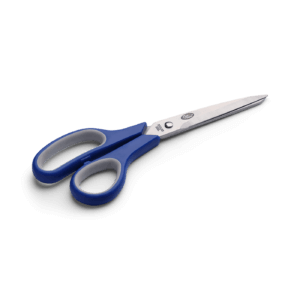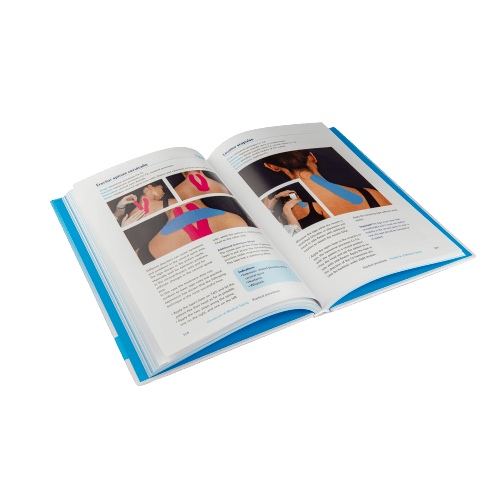COPD and Other Lung Diseases
COPD, or Chronic Obstructive Pulmonary Disease, is an umbrella term for chronic lung diseases like bronchitis and emphysema. It is the third leading cause of death worldwide, responsible for 3.23 million deaths in 2019. Smoking causes COPD in 85% of patients, while long-term exposure to dust particles or a congenital enzyme deficiency accounts for the remaining 15%. Most COPD patients are over 40 years old.
Symptoms of COPD
Symptoms of COPD include:
While there is no cure for the conditions that cause COPD, treatments focus on reducing symptoms and preventing deterioration. This can be achieved through medication, lifestyle changes, and supervised exercise at a physiotherapy practice.
Asthma and pneumonia are other common lung diseases that can cause pain, chest tightness, and shortness of breath. The physiotherapist can also use CureTape® to alleviate the symptoms of these conditions effectively.
Get started with these items to tape COPD

Christina’s advice when taping your back
When taping your back, it’s crucial to choose a tape that provides strong adhesion and support. That’s why I recommend CureTape kinesiology tape. For regular use, CureTape Classic or Art is ideal. However, if you’re engaging in sports or swimming, opt for the extra sticky CureTape Sports variant!
Instructional video: how to tape COPD and lung diseases
COPD Taping in practice
Physiotherapist and Kinesiology taping specialist Peter Willemsen is happy to share his positive experiences with lung patients.
Peter Willemsen is a physiotherapist in both the Rivierenland hospital in Tiel (the Netherlands) and in his own practice in Buren (Physiotherapy De Lage Korn, the Netherlands). One of his specialisations is the treatment of lung patients. CureTape® has been successfully applied by him for years as part of the treatment of various lung diseases.
We would like to let Peter Willemsen talk about his “Chanel Tape”:
“In our hospital’s lung department, we see many COPD patients who come in with an exacerbation (lung attack). Besides dyspnoea (shortness of breath), these people often also report pain around the thorax (chest cavity). This is quite logical since the work of breathing during such an exacerbation (lung attack) is many times higher than in a normal situation. Coughing also causes a much higher load on the respiratory system. The COPD tape with CureTape® actually always ensures that patients experience less pain and therefore also indirectly a reduction in dyspnoea.
I still find it difficult to explain to patients how this happens and how CureTape® works. However, I can tell them that it works!
Just last week, my colleagues in the hospital asked me if I could take a look at a 16-year-old boy who was lying there with double pneumonia. He was short of breath and had a lot of thoracic pain. After I taped him, he could immediately breathe better, had less pain, and could also exert himself better. He noticed an immediate improvement and I taped him several times during his hospital stay. See below how I applied the tape.”
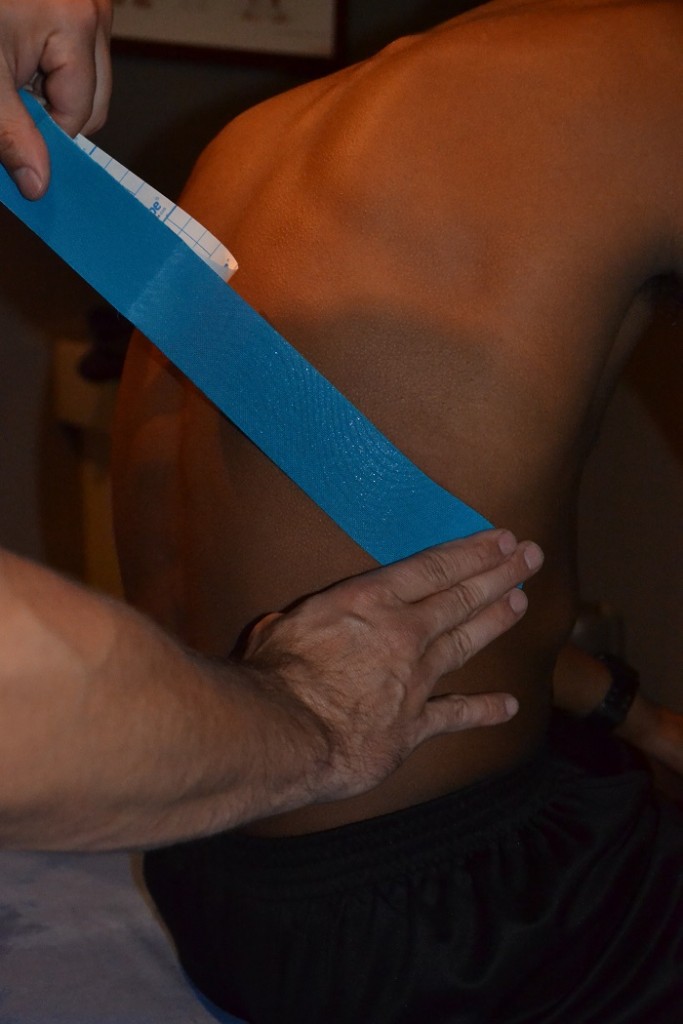
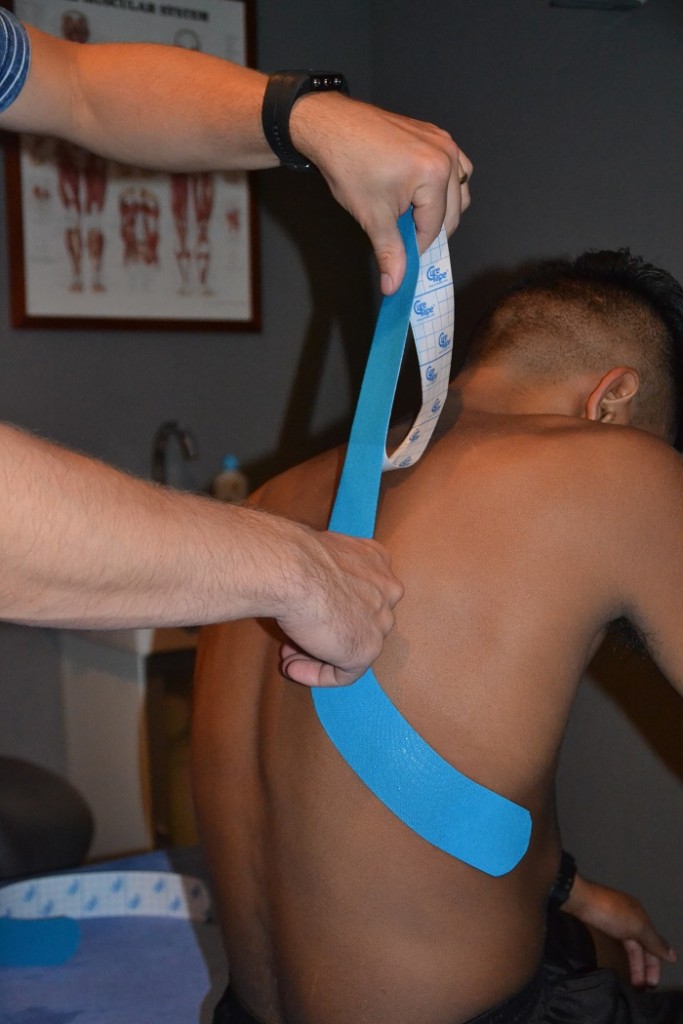
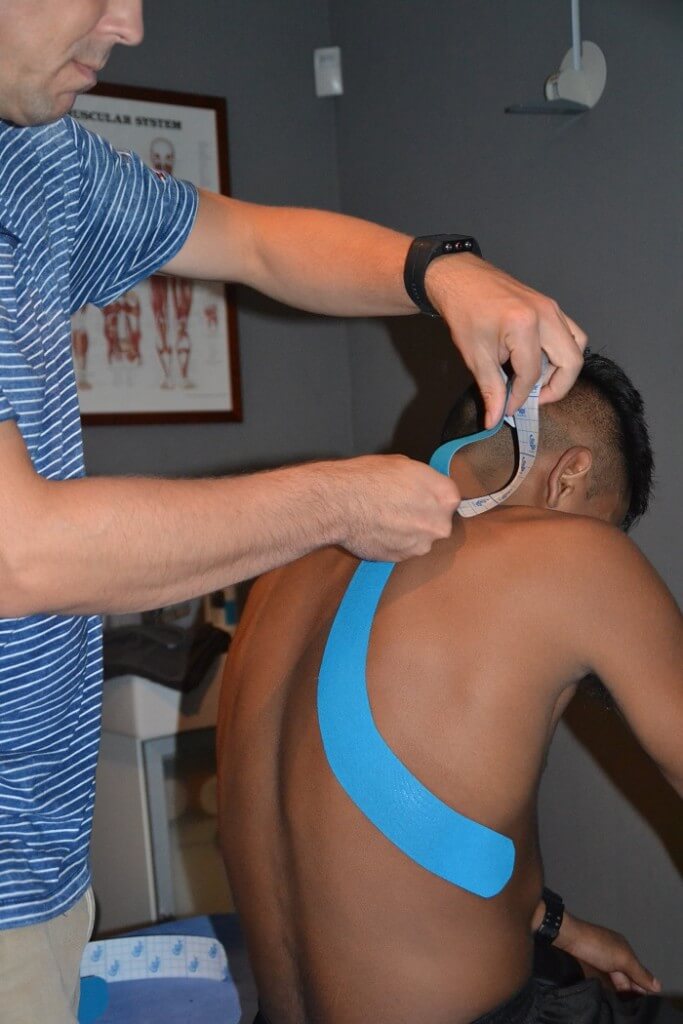
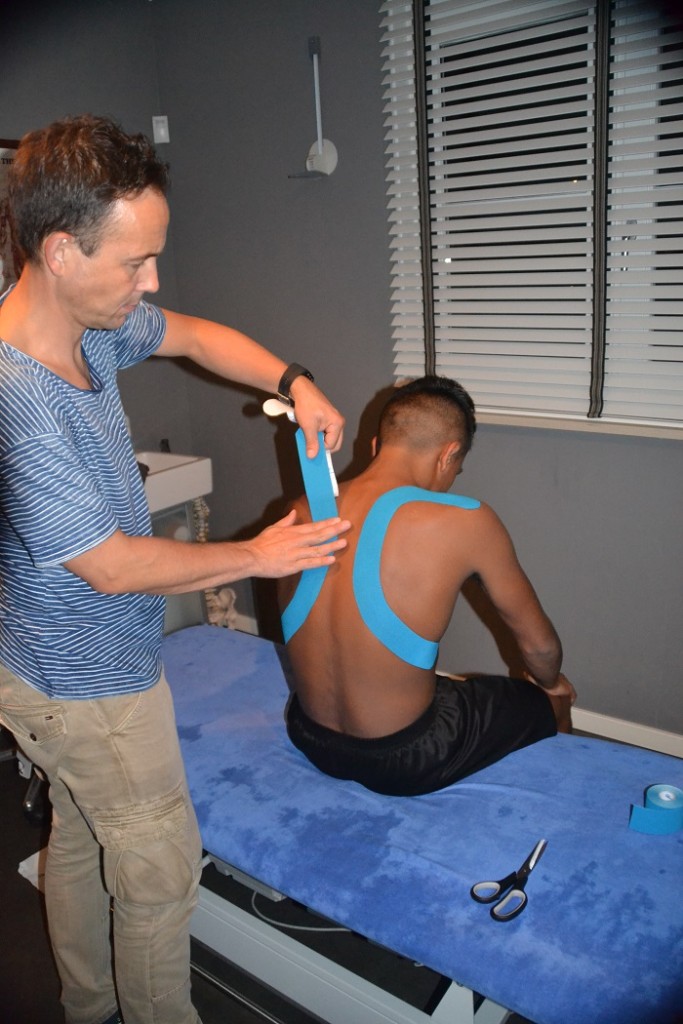

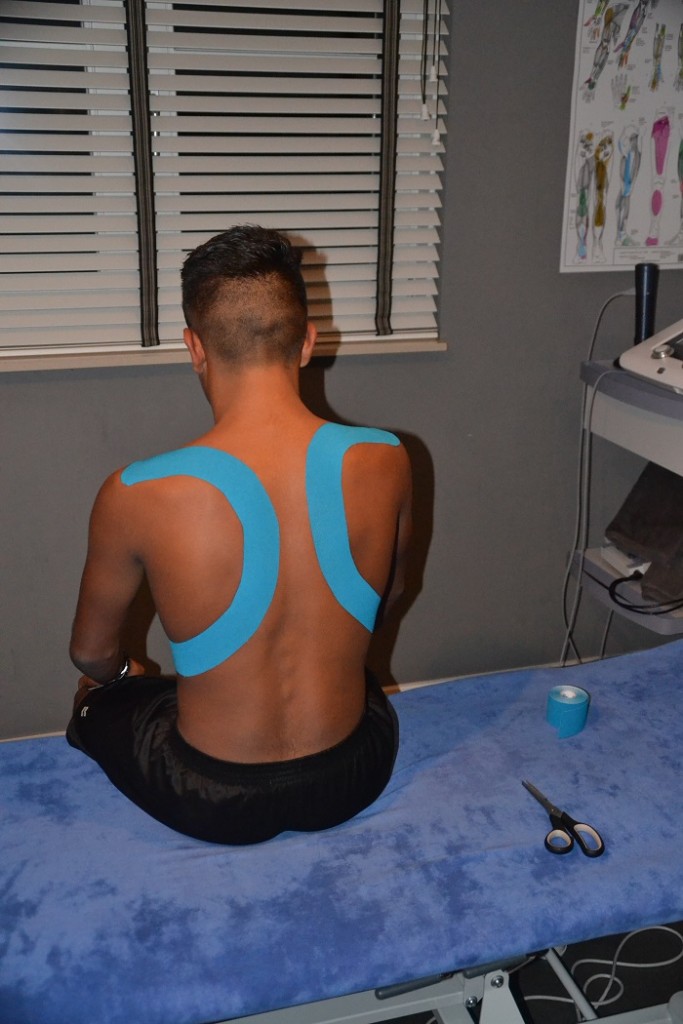
“A week after he was discharged from hospital, he called me into my practice in Buren. His tape had come off and he had immediately suffered more complaints. He asked if he could drop by for a new tape.Such an example is not an isolated one. In my own practice, too, there are many patients for whom CureTape® is used in case of exacerbation (a lung attack), with infections and pneumonia, or in other situations where the respiratory system is overloaded. A huge number of lung patients benefit from it and I am happy that I can use it where it is needed.”
Peter Willemsen
Pulmonary physiotherapist
Physiotherapy De Lage Korn
Rivierenland hospital
The Netherlands
Learn how to tape
- The Ultimate Taping Guide: Focuses on self-taping for the 30 most common injuries where taping provides support.
- Kinesiology Taping Method Manual: Designed for (para medical) professionals, covering basic taping techniques and various pathologies.
- Decompressive Taping Techniques Manual: Specifically focuses on lymphatic taping methods for decompression.
What are you waiting for? Order a copy today!
THYSOL is the manufacturer of the kinesiology tape brand CureTape. As CureTape, we have been training and supplying professionals for 25 years. And consumers now know how to find us too! By manufacturing all our tapes in our own factory, we can guarantee the best quality!
Please note that the indicated tape applications and information on our website about the possibilities with kinesiology tape have not yet been scientifically proven. The statements and examples mentioned are based on long-term experiences of patients and trained therapists.
Contraindications not to tape: pregnancy, open wounds, broken bones, unexplained complaints, allergies and skin diseases, use of medication such as blood thinners, thrombosis and fever. Always apply tape in consultation with a specialist.

